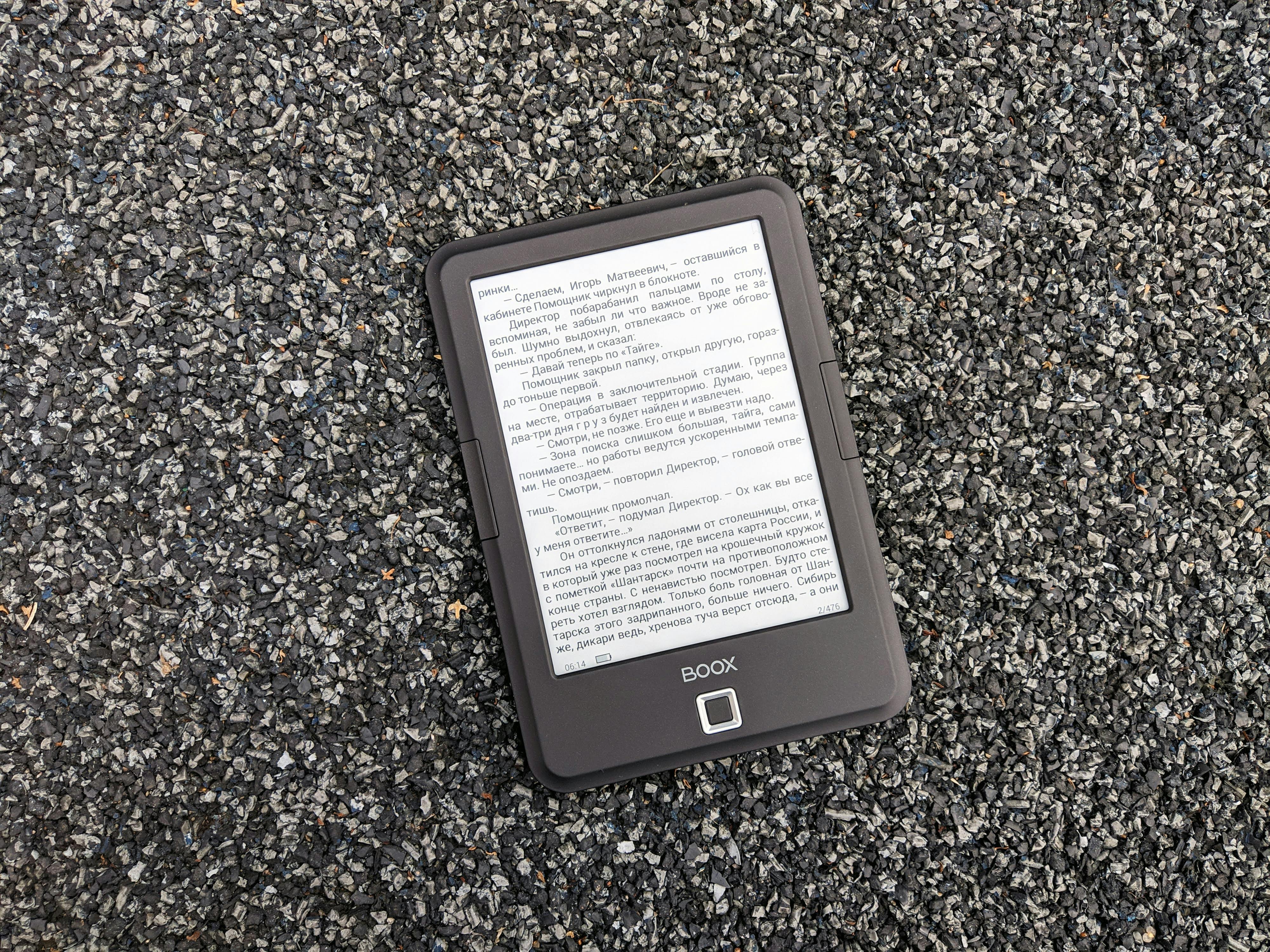Breaking Barriers: The Emergence of E-Ink Technology
From the humble beginnings of dot-matrix displays to the vibrant colors of modern LED screens, display technology continues to evolve and captivate us. Recent advancements have given rise to E-Ink technology—an innovative display format that offers a reading experience remarkably similar to actual paper. This unique technology is breathing new life into devices, from e-readers to smartwatches, and showing immense potential for future applications.

Setting The Stage: A Brief History of E-Ink Technology
E-Ink, short for Electronic Ink, is a type of display technology that mimics the appearance of ink on paper. It was first developed in the 1970s by Xerox’s Palo Alto Research Center (PARC), but it wasn’t until the late 90s that E-Ink Corporation commercialized it. With its first significant use in Amazon’s Kindle e-reader in 2007, E-Ink technology marked a turning point in the world of digital reading.
E-Ink Today: Current Advances and Applications
E-Ink technology has come a long way since the first Kindle. Current E-Ink displays offer sharper images, faster refresh rates, and even color displays, as seen in the E Ink Kaleido technology. Devices like the Remarkable 2 tablet and the Onyx Boox series have built upon the technology to offer a paper-like writing and drawing experience.
Besides e-readers, E-Ink has found its way into various other devices. It’s used in smartwatches, like the Pebble and Amazfit Bip, to offer long battery life and excellent sunlight readability. Digital signage, electronic shelf labels, and even smartphones like the Yotaphone are leveraging the benefits of E-Ink.
Putting a Price on Innovation: The Market Impact of E-Ink
While the initial cost of E-Ink technology was high, economies of scale and ongoing advancements have brought down prices significantly. A standard 6-inch E-Ink display e-reader now falls within the $80-$130 range. The market for E-Ink is projected to grow at a compound annual growth rate of 6.1% from 2020 to 2025, according to Mordor Intelligence, indicating a promising future.
Looking Ahead: The Future of E-Ink
E-Ink technology is poised for growth, with several exciting developments on the horizon. The development of the ACeP (Advanced Color ePaper) technology by E-Ink Holdings promises full-color displays without compromising on the benefits of E-Ink. Meanwhile, researchers are exploring the use of E-Ink in areas like smart clothing and electronic skin, pushing the boundaries of this versatile technology.
The Transformative Power of E-Ink
In an age dominated by bright, flashy screens, E-Ink is an anomaly that has carved its niche. By offering a unique combination of readability, power efficiency, and versatility, E-Ink technology has transformed the e-reading landscape and holds great promise for the future. As we navigate our increasingly digital lives, it’s comforting to know that there’s a technology striving to retain the tactile, visual comfort of traditional ink on paper.




